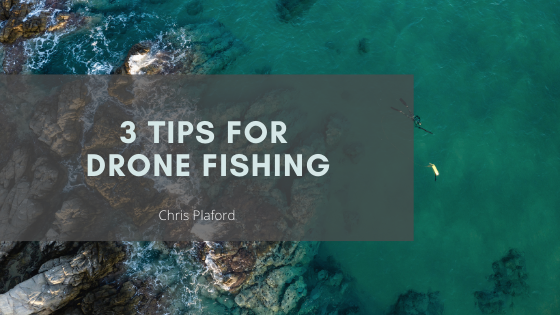Drone-fishing is the latest technique used by novice and professional anglers desiring to increase their daily catch rate. Implementing drones during fishing excursions particularly appeals to individuals familiar with using state-of-the-art technology. There are a number of tips and tricks provided by drone users that assist anglers interested in trying the method.
Learn Drone Flying
Before sending the aerial device out over the water, anglers need to learn how to fly and land drones. Otherwise, sportsmen take the risk of losing a piece of equipment, costing hundreds (or thousands) of dollars. The devices are used to survey potential hotspots and to assist in the casting and bait dropping processes. Thus, pilots must also practice flying the drone when equipped with the appropriate dropping mechanism and line. After honing land-based flight skills, anglers should practice while aboard a boat if you plan to make that part of your experience.
Choosing a Drone
The market offers dozens of drones that come in a variety of shapes, sizes, and abilities. Drone-fishing anglers recommend starting the sport using a device priced at $500 and $1000. Consumers should also consider investing in one or two spare batteries. Having the charged batteries on hand enables anglers to increase flight times and vary prospecting locations. The drone must have at least a 4K camera to obtain the clearest images when using the machine for surveillance and fish hunting. Having a waterproof ability protects the device should unexpected crashes occur. Some crafts also have submerging ability, which makes finding bait balls and fish even easier. A few characteristics to look at and compare when shopping for a fishing drone include:
-
- Ease of use
- Self-leveling ability
- GPS
- Orientation manner
- Payload capability
- Flight distance
- Battery life
- Waypoint navigation
- Return home
Know the Rules
Anglers choosing to add drones to their array of fishing equipment must learn the local and state regulations applied to the devices. Some locations prohibit drone use for fishing. Individuals must obtain a pilot’s license to operate crafts weighing 55 pounds or more legally. Drones must be registered with the FAA, which is easily accomplished online. The provided registration number must be displayed on the craft.
Flight cannot occur within five miles of airports. However, many of the latest models on the market feature GEO-fencing software, which automatically stops the craft from entering known restricted areas.
